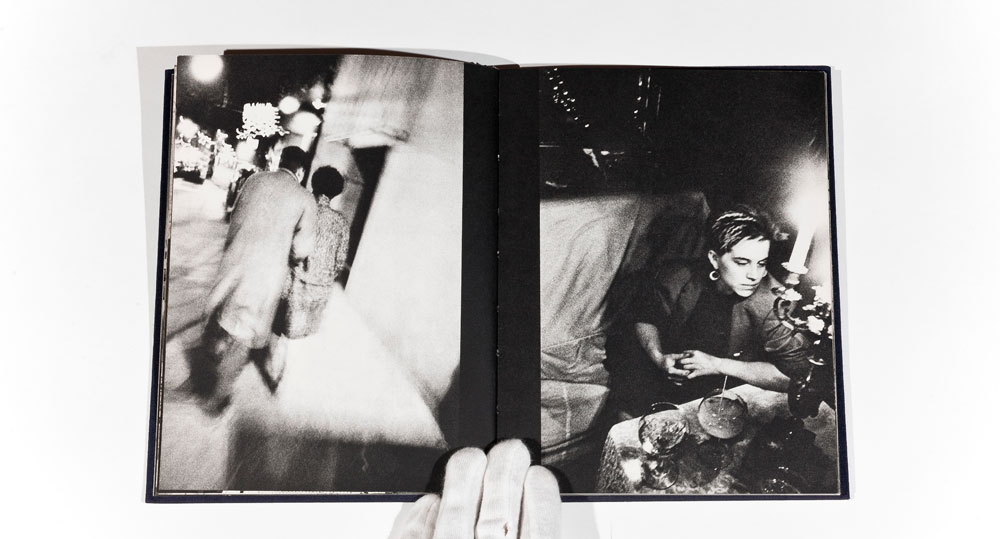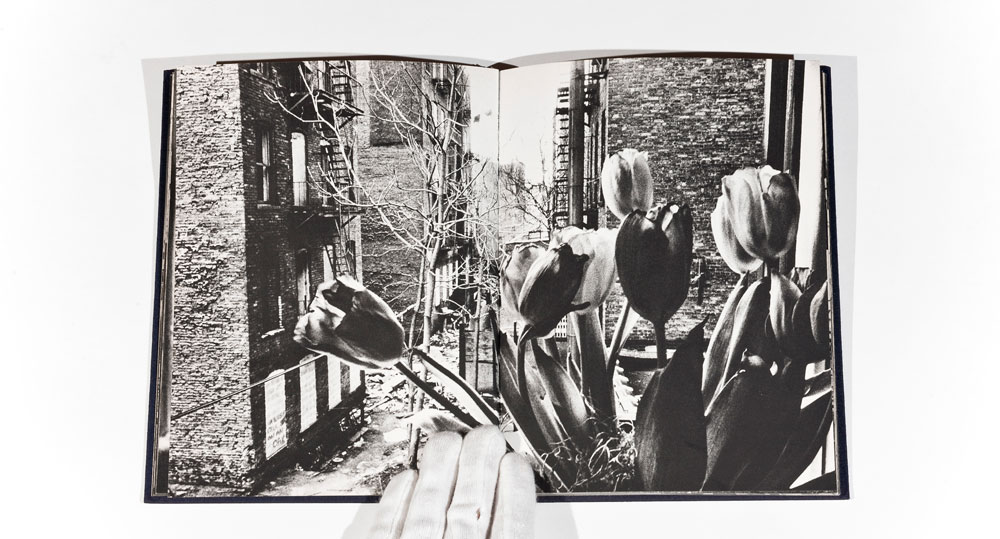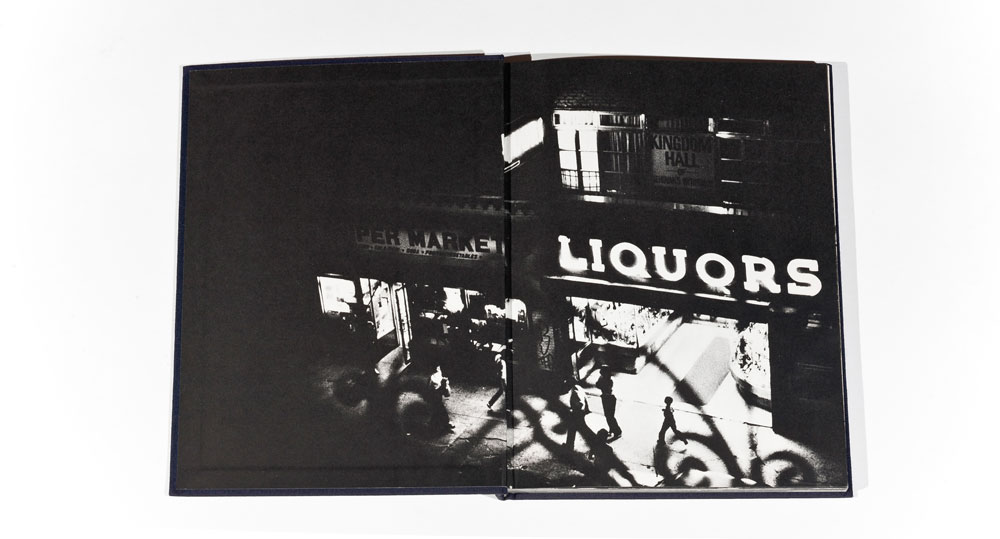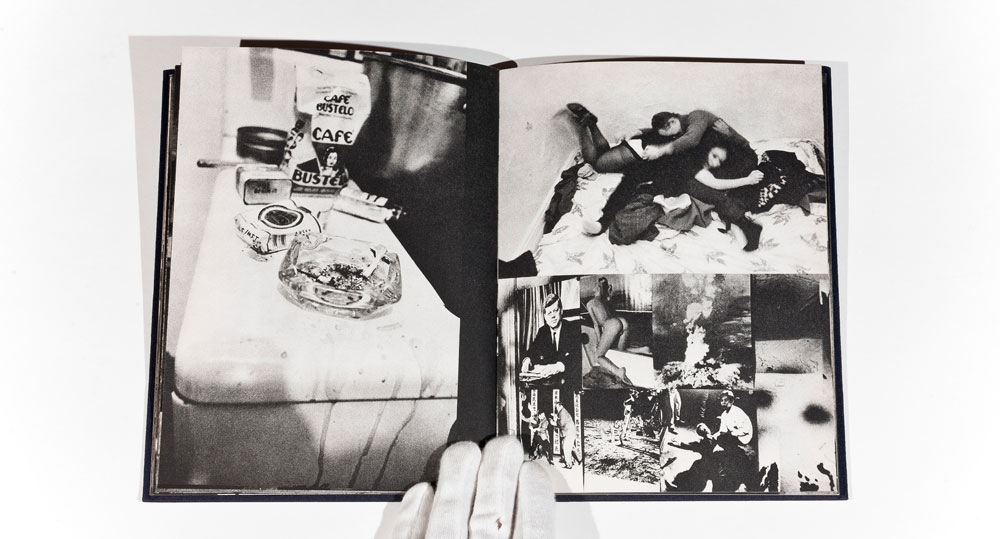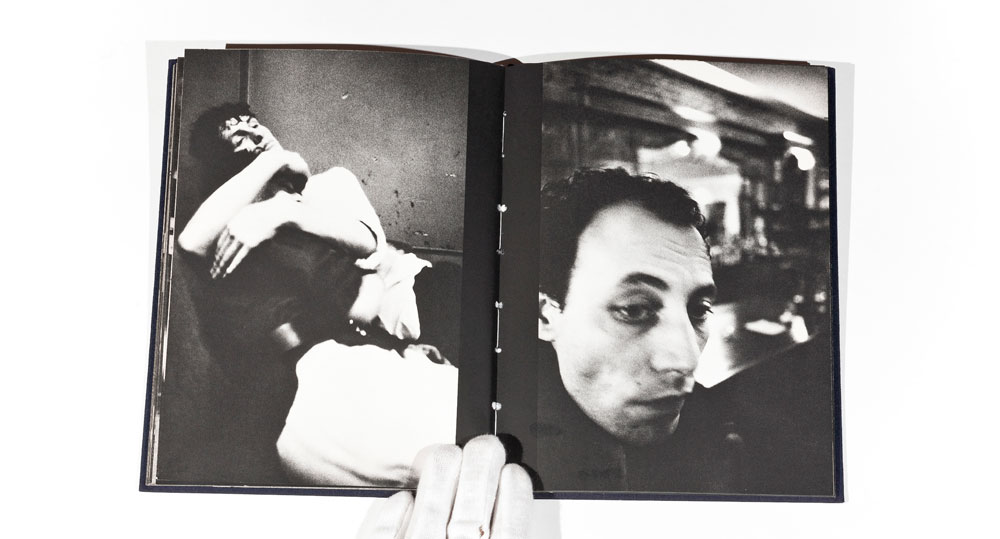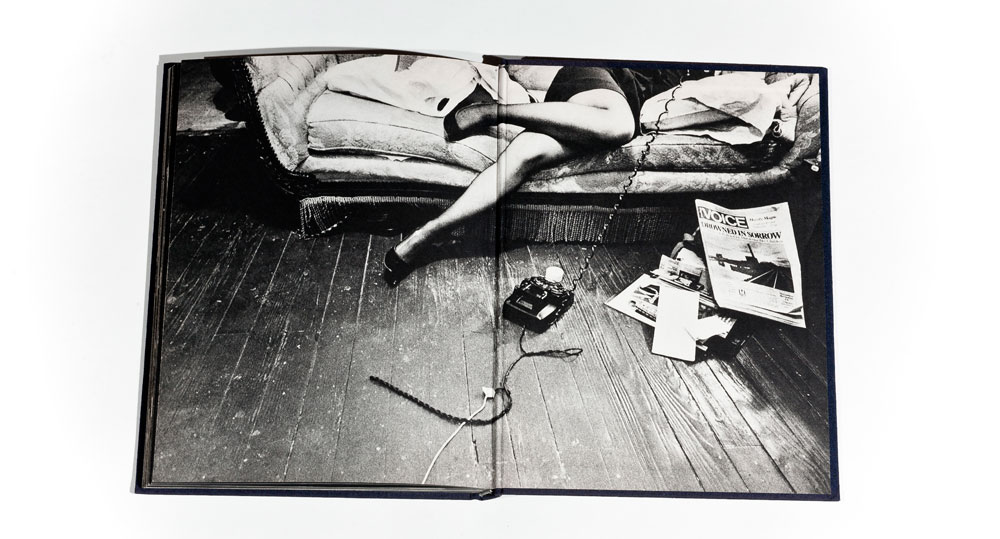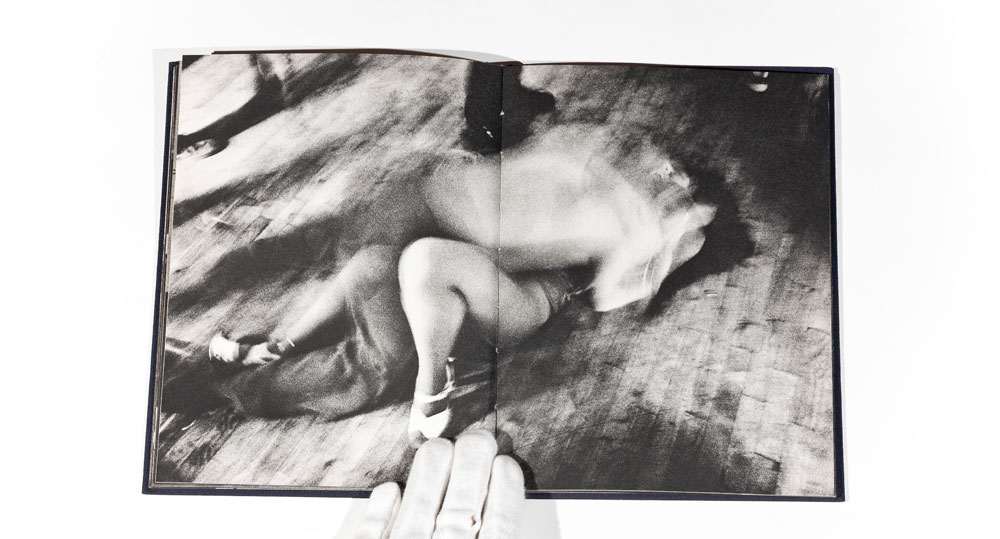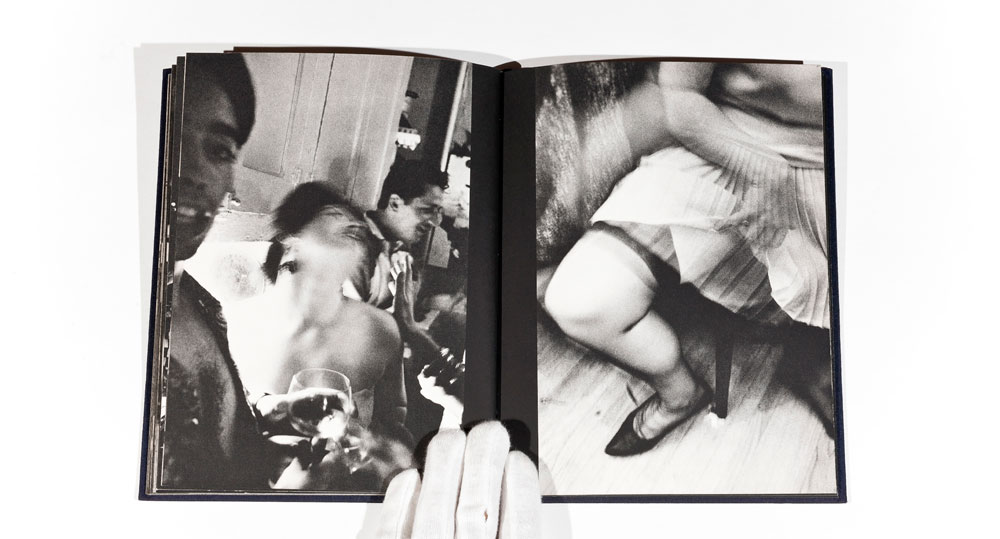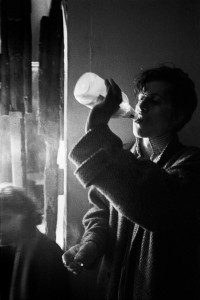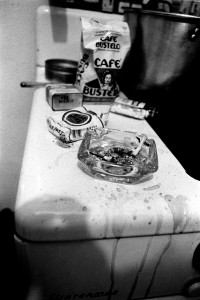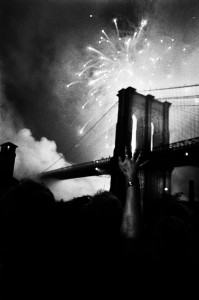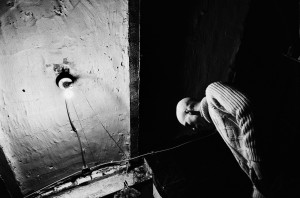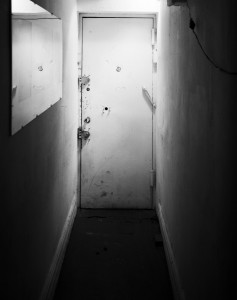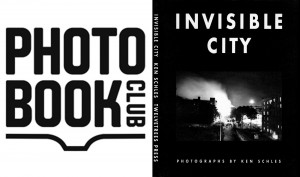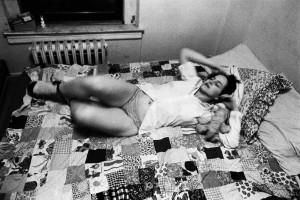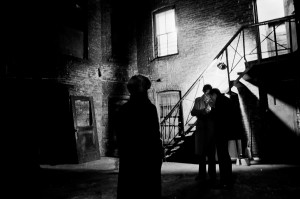I want to thank Matt Johnston and Wayne Ford so very much, once again, for taking on Invisible City. I hope people not already familiar with IC found something here. For me, this month has been a great ride. The Photo Book Club re-connected me to that challenging time—not only to people I once knew but it also reaffirmed bonds with people I’ve known on through into our current challenging times. I want to personally thank those who wrote so eloquently about their memories and the significance Invisible City had for them: Some of you I’ve met in later years and some I still have yet to meet—and look forward to meeting.
I have to say it’s been extraordinarily good timing for me to revisit Invisible City. It gave me insight on current work, as well as old. Because of this Photo Book Club process, I dug out things I barely remembered I even had. It’s help me with talks I am about to give and it was helpful in organizing the Invisible City images to exhibit at the Bursa Photo Festival. And good timing as well as I consider a reprint in the book’s future.
Over the summer I was approached to produce a piece for Paris Photo by Harper’s Books that worked in relation to Invisible City. And because my mind thinks in ‘book’ form, I put together a maquette of images and text I had originally considered for inclusion in Invisible City but that didn’t make it into the original for reasons about tone and emphasis. To this day I still enjoy seeing and reading this other work: they still share essential poetic qualities that infuse the heart of Invisible City; they still speak about that time and my experience of it. And so I made a small companion to Invisible City—Invisible City: Nightwalk, Fragments and Alternates. Because this is a one of a kind, hand-made thing, I videotaped it before sending off to Harper. I am now happy to share this rarity here with the Photo Book Club members to close out the Photo Book Club/Invisible City experience:
Images in this dummy have not appeared previously anywhere (if memory serves me) with the following three exceptions: image on left at the 2:11 mark, image at right at the 4:00 mark and the back cover image all appear in my book, A New History of Photography: The World Outside and the Pictures In Our Heads (plates 61, 35 and 31 respectively). The back cover image is also in the collection of The Metropolitan Museum of Art in New York.
TEXT
This is a hand-made 64 page book prototype (including covers) composed of material I considered for use in the book Invisible City (Twelvetrees Press, 1988). None of these images appear in the final printed version of the book, however. The images here were scanned from original prints used in a book dummy that was a forerunner to Invisible City. The plates used to print Invisible City were also made from this set of original prints.The book dummy ends with my original notes for a talk I gave at the International Center of Photography in 1990. The full text, including the excerpt by Kathy Acker, from Blood And Guts In High School, can be seen here.
Other text in this prototype:
NIGHT WALK
Night draws from its body one hour after another. Each different, each solemn. Grapes, figs, sweet drops of quiet blackness. Fountains: bodies. Wind plays the piano among the stones of the ruined garden. The lighthouse stretches its neck, turns, goes out, cries out.
Crystals a thought dims, softness, invitations: night, immense and shining leaf plucked from the invisible tree that grows at the center of the world.
Around the comer, Apparitions: the girl who becomes a pile of withered leaves if you touch her; the stranger who pulls off his mask and remains faceless, fixedly staring at you; the ballerina who spins on the point of a scream; the who goes there?, the who are you?, the where am I?; the girl who moves like a murmur of birds; the great tower destroyed by inconclusive thought, open to ,the sky like a poem split in two … No, none of these is the one you wait for, the sleeper who waits for you in the folds of her dream.
Around the corner, Plants end and stones begin. There is nothing, nothing you can give the desert, not a drop of water, not a drop of blood. You move with bandaged eyes through corridors, plazas, alleys where three vile stars conspire. The river speaks softly. To your left, to your right, ahead, behind: whispers and cruel laughter. The monologue traps you at every step with its exclamations, its question marks, its noble sentiments, its dots over the i’s in’ the middle of a kiss, its mill of laments, its repertory of broken mirrors.
Go on: there’s ‘nothing you can say to yourself.
– Octavio Paz, from Eagle or Sun?
Remember when I insulted you? When I vomited all over you?
And when you had to see with these eyes that never close how I slept with that vile hag and talked of suicide? Show me your face,
Where are you? Actually, none of this matters to me. I’m tired, that’s all. I’m sleepy. Don’t these endless discussions tire you?
It’s as if we were a couple who, at five in the morning, with swollen eyes, continues on the rumpled sheets a quarrel started twenty years ago. Let’s go to sleep. Say good night. Show a little courtesy.
You are condemned to live with me and you ought to force yourself to make life more bearable. Don’t shrug your shoulders. Be quiet if you want, but don’t go away. I don’t want to be alone: the less I suffer, the more unhappy I am. Maybe happiness is like the foam of the painful tide of life that covers our souls with a red fullness. Now the tide recedes and nothing remains of that which made us suffer so. Nothing but you. We are alone, you are alone. Don’t look at me. Close your eyes so I can close mine. I can’t get used to your eyeless watching.
– Octavio Paz, from Eagle or Sun?
Memory is redundant: it repeats signs so that the city can begin to exist.
– Italo Calvino, from Invisible Cities
“The necessary condition for an image is sight,” Janouch told Kafka; and Kafka smiled and replied: “We photograph things in order to drive them from our minds. My stories are a way of shutting my eyes.”
– Roland Barthes, from Camera Lucida
At this point Kublai Khan interrupted him or imagined
interrupting him, or Marco Polo imagined himself
interrupted, with a question such as: “You advance
always with your head turned back?” or “Is what you see always behind you?” or rather, “Does your journey take place only in the past?”
– Italo Calvino, from Invisible Cities
Mind takes form in the city; and in turn, urban forms condition mind. For space, no less than time, is
artfully reorganized in cities: in boundary lines and
silhouettes, in the fixing of horizontal planes and
vertical peaks, in utilizing or denying the natural site, the city records the attitude of a culture and an epoch to the fundamental facts of its existence.
– Lewis Mumford, from The Culture Of Cities
Even when lovers twist their naked bodies, skin against skin, seeking that position that will give one the most pleasure in the other, even when murderers plunge the knife into the black veins of the neck and more clotted blood pours the more they press the blade that slips between the tendons, it is not so much their copulating or murdering that matters as the copulating or murdering of the images, limpid cold in the mirror.
– Italo Calvino, from Invisible Cities
I don’t believe people exist whose inner plight resembles mine; still, it is possible to imagine such people—but that the secret raven forever flaps about their heads as it does about mine, even to imagine that is impossible.
– Franz Kafka, from Diaries 1914-1923

